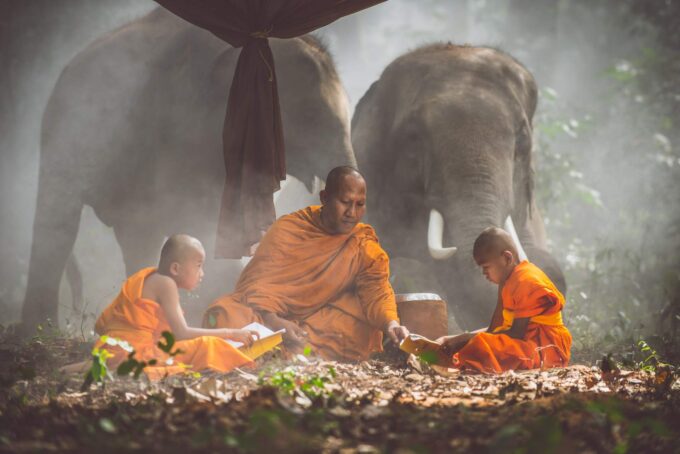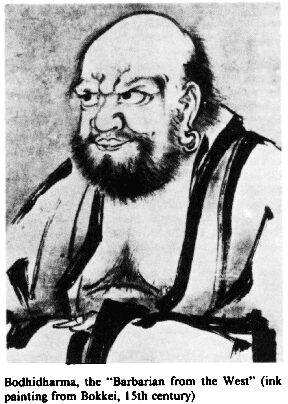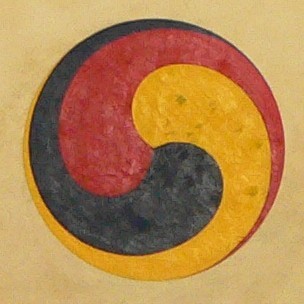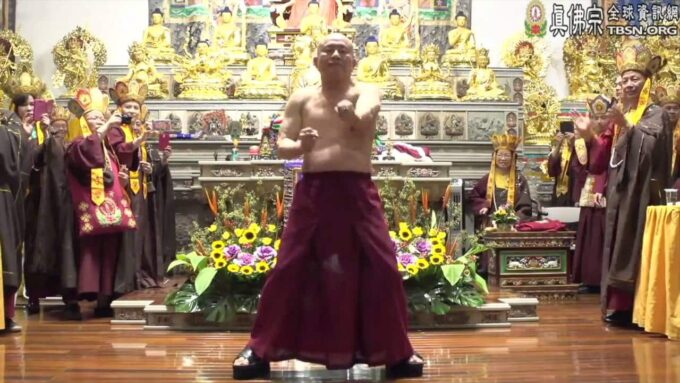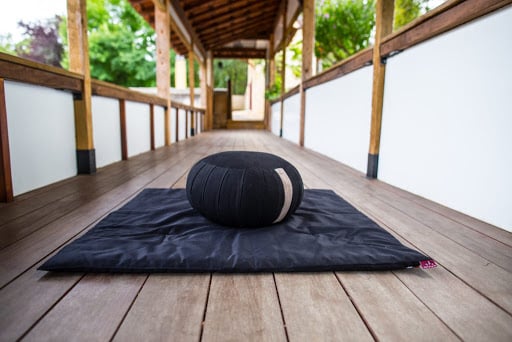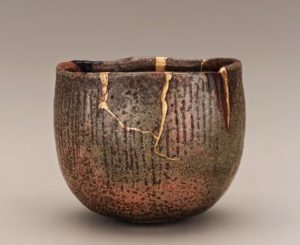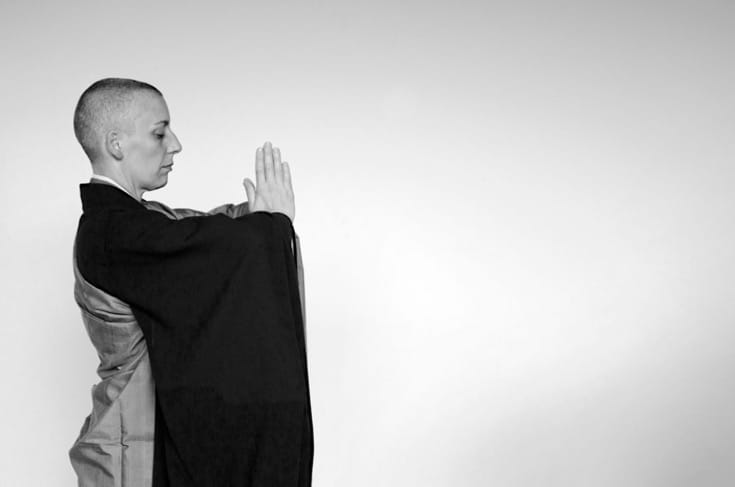Nalin Pandya a.k.a. Pan Nalin, a self-taught filmmaker, was born in a remote village in Gujarat, India. He disliked school, but he was putting his energy into painting and …
Is That So? The Zen master Hakuin was praised by his neighbours as one living a pure life. A beautiful Japanese girl whose parents owned a food store lived …
Mumonkan, Mu Mun Kwan, Wu Men Kuan, Wu-men kuan, Wu-men-kuan, Wumenguan (Gateless Gate, Gate of Gatelessness) represents a collection of 48 koans, compiled and provided with commentaries and verses …
Latin for I, ego seems to be a most confusing word, used by different people in very different senses. These senses range from an idea of the self which belongs …
The three marks of existence (Pāḷi: tilakkhaṇa; Sanskrit: trilakṣaṇa) or three seals are a major cornerstone of the Buddha’s teachings. In Buddhism, they represent the Buddha’s enlightened understanding of …
One day, my master Kodo Sawaki confided in me, “Why did zen impress me so much? It wasn’t reading the Shobogenzo, or the words of the masters or any …
Zazen is a Japanese term. “Za” literally means to sit or sitting; “zen” means to meditate or concentrate. Zazen literally means sitting meditation. Shikantaza is a Japanese translation of a …
Wabi-Sabi’s roots lie in Zen Buddhism, which was brought from China to Japan by Eisai, a twelfth-century monk. Zen stresses austerity, communion with nature, and above all, reverence for …
The Tripitaka is a collection of holy writings organized into three collections or baskets to include the rules for monastics (The Vinaya), the actual teachings of Buddha Shakyamuni (The …
Ritual traditions have changed over historical time and differ from sect to sect and from region to region throughout East Asia. Descriptions of Zen ritual are, therefore, either specific …


